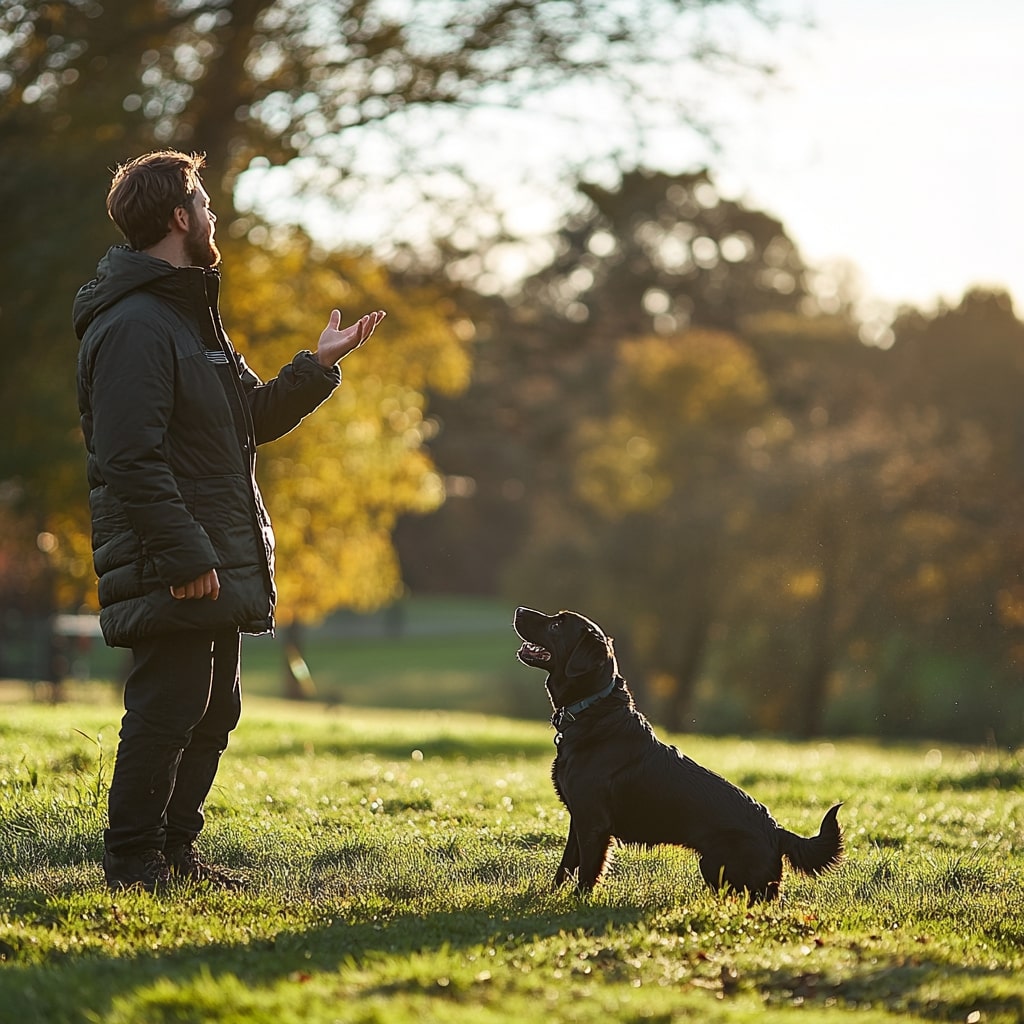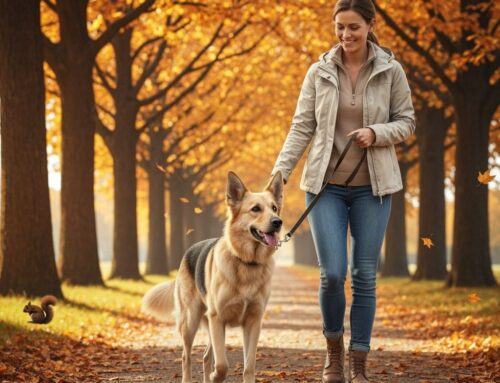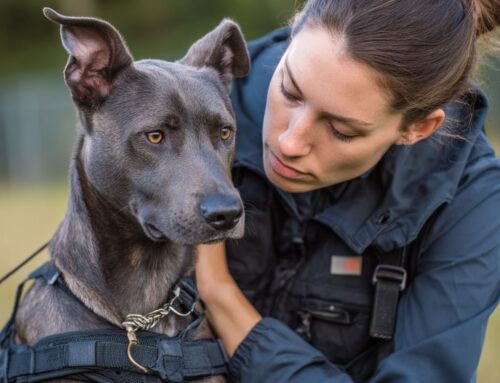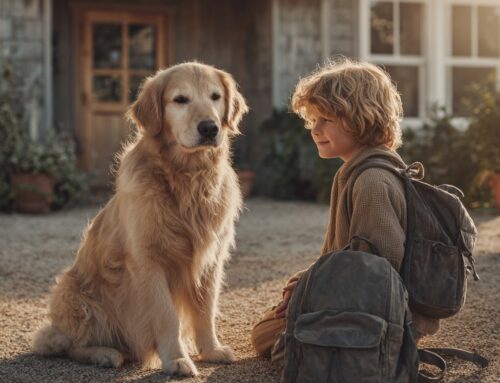Teaching a reliable recall, or “come” command, is one of the most valuable skills for any dog owner. A strong recall can keep your dog safe, give them freedom during outings, and make walks and trips to the park more enjoyable for both of you. While it may seem straightforward, dog recall training requires consistency, patience, and understanding of dog behavior to achieve dependable results. This guide will provide you with effective techniques to start recall training at home, along with some essential tips to improve your dog’s responsiveness.
Why a Dog’s Recall Training Matters
The “come” command is essential because it allows you to regain control in distracting or potentially dangerous situations to capture your dog’s attention right away. Whether your dog has dashed out the door or is running toward something unsafe, a reliable recall cue can prevent accidents and injuries. It also provides your dog the opportunity to enjoy off-leash playtime and exploration in a controlled way, boosting their physical and mental health overall. For dogs recall to be effective, you’ll need to develop a bond of trust and consistent communication, as well as a training routine that reinforces positive behavior.
Building a Strong Foundation for a Reliable Recall
Before diving into the training techniques for your training sessions, remember that recall training is more than just issuing a command. Your goal is to make the cue word “come” the most exciting and rewarding experience for your dog. Here’s how to set up a solid foundation.
- Choose the Right Recall Word
Consistency is key in recall training, truly any training from puppy training and beyond, so pick a recall word you’ll always use, such as “come” or “here.” Avoid using the recall command as a reprimand or in a frustrated tone; it should always be associated with positive outcomes. - Create a Positive Association with Recall
Make “come” a rewarding experience by associating it with tasty treats, toys, or affection. Whenever you call your dog, ensure that they are rewarded with something the dog loves. This creates positive reinforcement and builds motivation for them to respond eagerly. - Start Indoors or in a Controlled Space
Begin recall training in a quiet, distraction-free area like your home or fenced yard. This helps your dog focus on the training without outside distractions and builds a solid response to the command before introducing them to more challenging environments. Plus being in a distraction-free area also helps you put your full attention doing the dog training and be able to fully see their body language and check on your dog’s behavior without having any other distractions to worry about while you’re doing your dog’s training session.
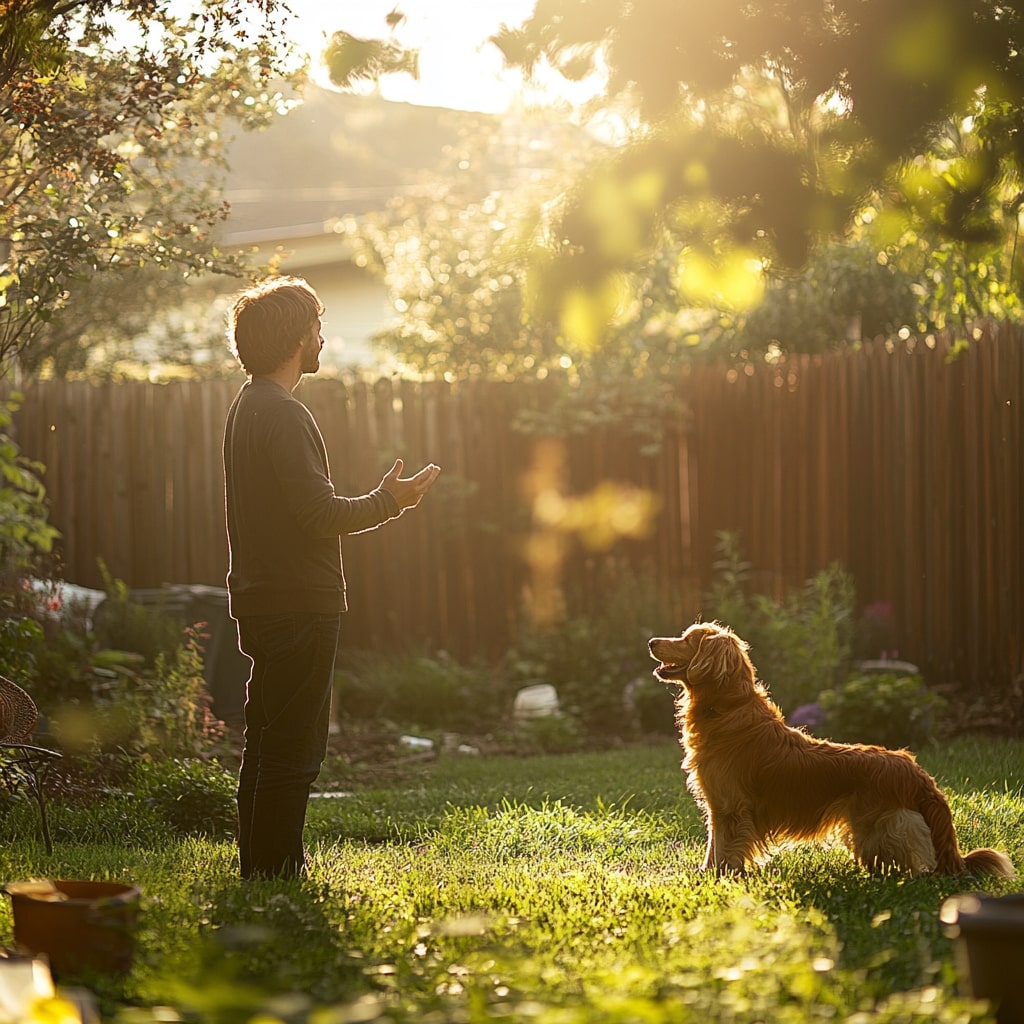
Guide to Teaching Recall
Step 1: The Name Game
Begin by associating your dog’s name with attention. Call your dog’s name in an upbeat voice, and when they look at you, reward them immediately with a tasty treat or praise. Repeat this exercise several times a day to ensure your dog knows that their name means to pay attention to you.
Step 2: Adding the Recall Command
Once your dog consistently responds to their name, introduce the recall command for your dog to come. Say their name followed by “come,” and as soon as they approach you, give a reward. Keep these sessions short and frequent to avoid overwhelming your dog and keep the training enjoyable.
Step 3: Increase Distance Gradually
Once your dog reliably responds to the recall command in close proximity, start increasing the distance. Move a few feet away before calling them, and when they respond successfully, reward them enthusiastically. Gradually increase the distance over several sessions, but be cautious not to push too far too quickly, as this may reduce your dog’s confidence in the command.
Step 4: Use a Long Leash in Open Spaces
After mastering recall indoors, transition to outdoor spaces using a long leash for safety. The dog on leash allows you to reinforce the recall if they hesitate or get distracted, while still giving them more freedom to move around. Practice calling them back with “come” and reward successful responses every time. This setup prepares your dog for the challenge of responding off-leash while still providing a measure of control.
Step 5: Add Distractions Gradually
Dogs often struggle with recall when faced with enticing distractions, such as other animals, people, or smells. Gradually introduce distractions to your training environment, and practice the recall command. Begin with low-level distractions, like another person standing nearby, and progressively increase difficulty as your dog becomes more reliable in their responses.

Troubleshooting Common Recall Challenges
- Inconsistent Response to the Command
If your dog doesn’t respond reliably, go back to basics. Shorten the distance, practice in a quieter environment, and use high-value rewards to build consistency some dogs may even more food motivated so try to incorporate that into play. Remember to be patient, as inconsistent responses are common, especially when transitioning to outdoor spaces. - Disinterest in Returning to You
Make sure recall is more rewarding than whatever your dog is interested in. Use special treats, toys, or praise that they don’t usually get, making you the most exciting thing in their environment. Playing a game, like a quick tug session, can also help reinforce the fun side of returning to you. - Ignoring Recall to Engage with Other Dogs or People
If your dog gets distracted by other people or dogs, practice with a friend who can help with controlled distractions. Gradually increase the difficulty by adding more enticing distractions as your dog improves, reinforcing successful recalls with high-value rewards. - Not Responding Off-Leash
Off-leash recall is the ultimate test and requires a well-practiced foundation. Never allow your dog off-leash in an unfenced area until they reliably respond to the recall command. Use a long line training leash until you’re confident that they will come back even in distracting environments.
Recall Games to Strengthen Training
Playing recall games is a fun way to keep training engaging and enjoyable for your dog. Here are a few ideas.
- Hide and Seek
This game builds excitement for finding you when called for most dogs. Hide in another room or behind a tree, then call your dog’s name. When they find you, reward them generously. This game enhances your dog’s focus and reinforces the concept of returning to you. - Recall Relay
If you have family members or friends to help, take turns calling your dog from different locations around a room or yard. Reward them each time they successfully recall to the person who called them. This game strengthens the recall command in a dynamic way, teaching your dog to respond to different voices. - Fetch and Return
Incorporate the recall command during a game of fetch at a dog park or at home. After your dog retrieves a toy, call them back to you before throwing it again. Your dog naturally links recall with a fun activity when you start incorporating games, helping to reinforce the command.
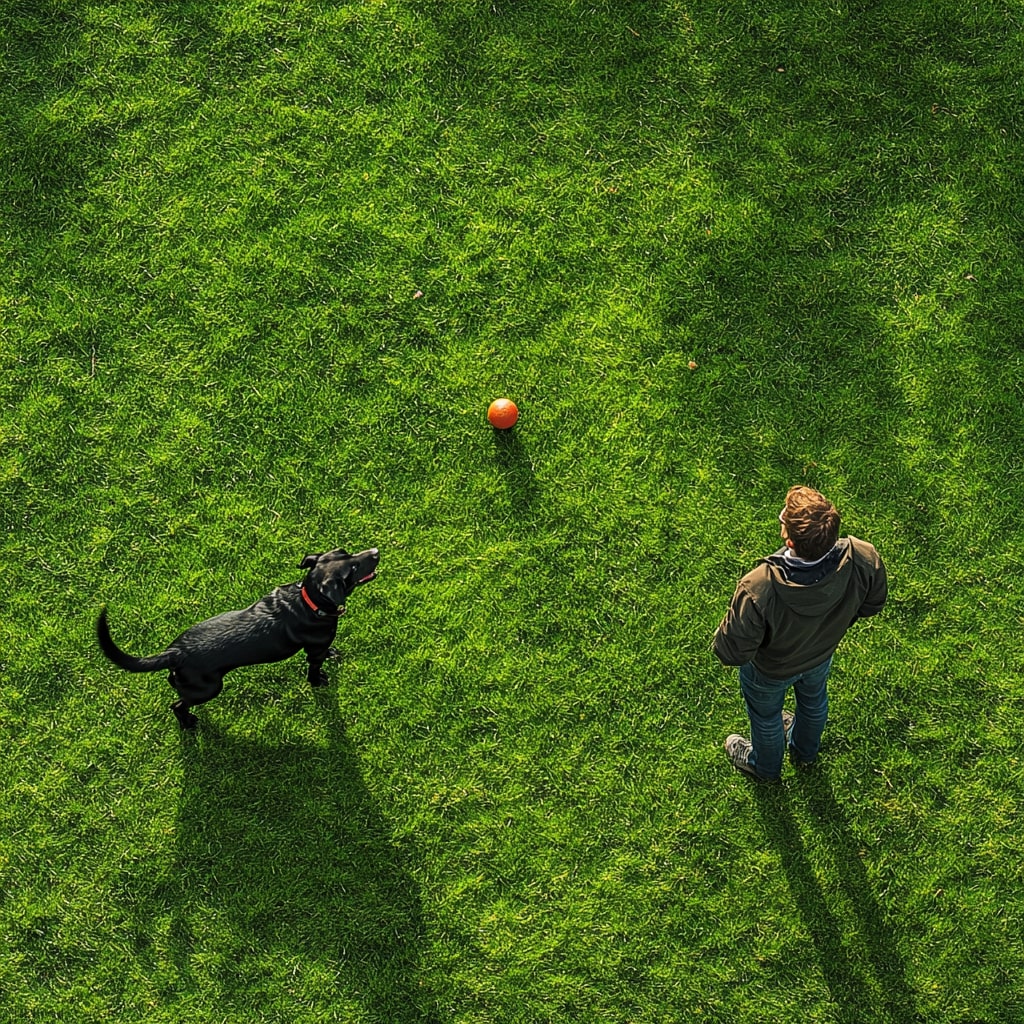
Making Recall Consistent Over Time
Consistency is essential in recall training. Make it a regular part of your dog’s routine by practicing daily in various settings. Always use a positive tone when calling your dog, and never use recall as a means of ending fun activities or scolding. Keep sessions brief, engaging, and rewarding to ensure your dog remains motivated.
When Recall Training Needs Professional Help
Despite your best efforts, some dogs may struggle with recall due to distractions, fear, or simply their personality. Dog recall training, especially in busy outdoor environments or around other dogs, requires patience, skill, and expertise. While basic recall training can be successfully introduced at home, seeking professional guidance can help overcome challenges and ensure your dog responds reliably in any situation.
Building a Lifelong Bond Through Reliable Recall
Mastering the recall command not only strengthens your dog’s obedience but also deepens the bond you share, fostering trust and open communication. By practicing consistently, rewarding positive behavior, and gradually increasing difficulty, you can help your dog become more responsive and confident in any situation. Dog recall training enhances their safety and freedom, allowing for enjoyable, off-leash adventures that create a fulfilling experience for both of you.
While at-home training is an essential foundation, some aspects of dog recall training —especially under high distractions—may need additional support. This is where professional help can make a difference. Performance K9 Training and Boarding offers specialized programs, including their Basic Behavior Modification Program, which provide expert guidance to overcome challenges and improve recall skills. With professional training, you can build a reliable recall that holds up in real-world scenarios, giving you peace of mind and ensuring that your dog always comes back to you, no matter the circumstances. Make sure to contact Performance K9 Training and Boarding today for a free consultation to see if their program is the right fit for you to help jumpstart your dog recall training!



